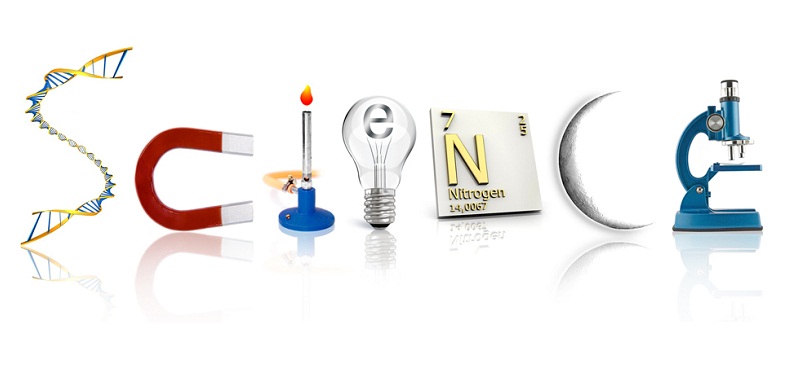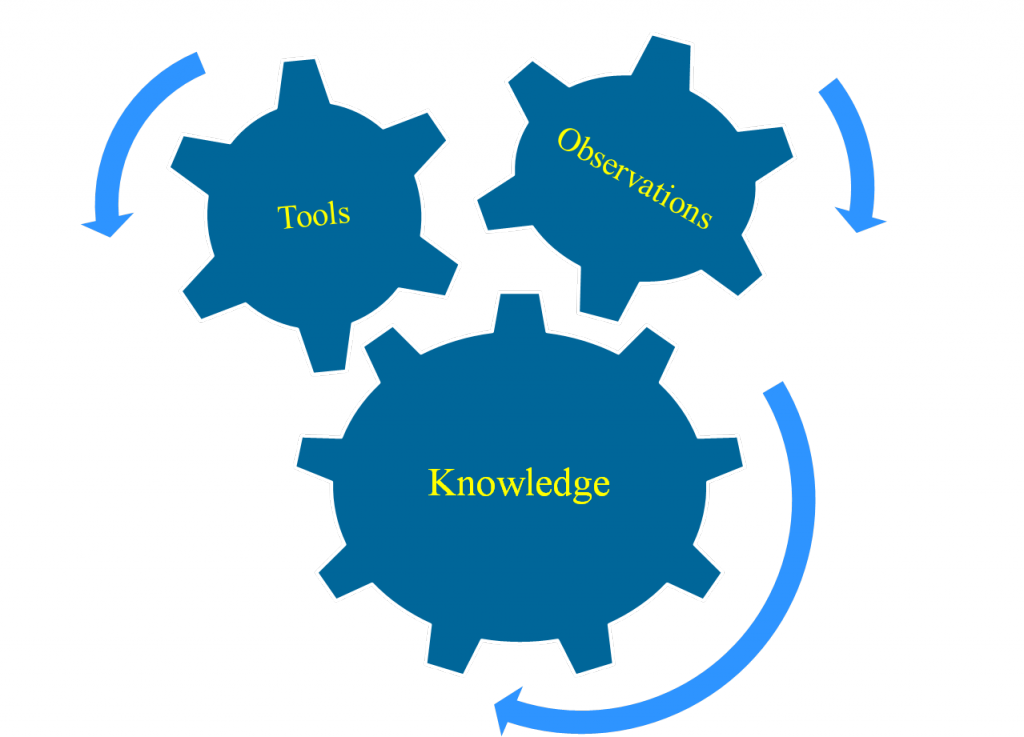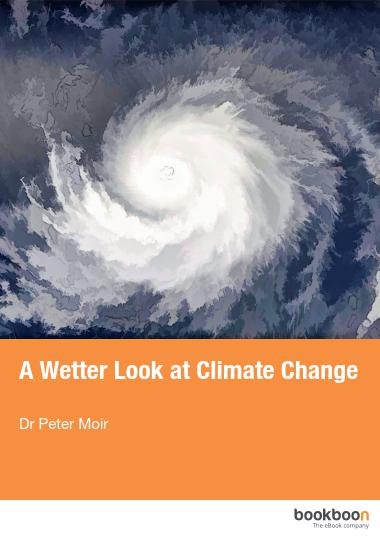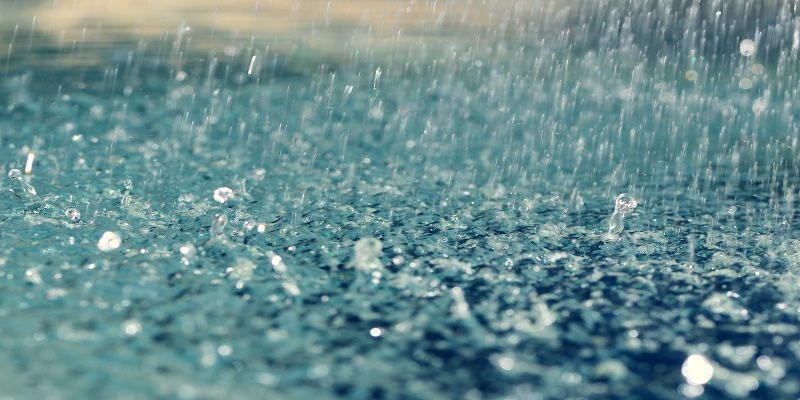Discover the fascinating world of science – with Dr. Peter Moir

What is Science? For Peter Moir, Director at Relequa Analytical Systems Ltd it is a way of looking at things. Not facts or equations or something difficult, but an “approach” or a “tool” to gain an understanding in order to explore the unknown.
”By unknown, I don’t mean things unknown to Humankind, but just things that I personally do not know about and would like to know about because to me they are interesting or curious or fascinating.
The approach I took in writing “A Wet Look At Climate Change (AWLACC)” available as a free download from bookboon.com, was to give my readers in the first three chapters some “tools” to use for investigating the way water in the atmosphere behaves and how it interacts with the things with which it comes into contact. Which is everything around us.
Building the approach to writing AWLACC came out of giving a talk at a local school that I called “What is Science”. I condensed into a very simple picture what I saw as the basic elements for learning about things. In the picture below, you can see the three elements of science as I see it.

Starting in any one of the cogs you can go clockwise or anticlockwise. Depending on what you know and what you have available, decide what cog you are turning and this determines the outcome.
A simple example of applying science
Let’s say you have read the first three chapters of AWLACC. You now have a little bit of knowledge about humidity. You’ll know that there’s a strict relationship between temperature and humidity. So starting with this knowledge in the “Knowledge” cog we go clockwise to the “Tools” cog.
Our tools are a weather station, these are inexpensive and readily available, and a humidity calculator like the one I describe in AWLACC and can be downloaded free from a number of websites.
Moving round to the “Observations” cog and using the tools I have just described, I noted the morning temperature and relative humidity (%RH) a couple of days ago. It was 17°C and 86% RH. The sun was shining and it was a lovely morning.
By lunchtime and a couple of hours later the temperature was 22°C. My weather station was reading 80% RH.
We know from our “knowledge” that as temperature rises the relative humidity falls. But is a fall of 6% RH enough for the 5°C rise? Inputting 17°C and 86% RH into a humidity calculator and calculating what the %RH should be at 22°C, gave the result as 67% RH. Why did I get a difference between the observed 80% RH and the calculated value of 67% RH?
…and after the sun came rain
The explanation requires a little more information. After two weeks of fantastic summer weather, we got a couple of days of very heavy showers. Several millimetres of rain in each shower. My observations of temperature and humidity above were from the first day after the showery weather.
Heavy rain quickly saturated the ground and when heated by the summer sun the water in the ground began evaporating. This added to the moisture in the air keeping the %RH high and did not show the expected fall as the temperature increased.
This simple example shows how by using tools we can get more information and actual data about a situation, which in this case is something that we know to be true, intuitively, or from experience of summer showers. We can “feel” the humidity rising.
That is Science!
Beginning with simple observations and tests, like those above, I built up my own knowledge of moisture behaviour and now progressed with the help of a chap with a PhD in theoretical physics to looking into the way moisture interacts with materials.
Everything in science starts with simple beginnings. Explore the science books on bookboon.com, find something that interests you and by applying my simple approach, you may be taken into a new a fascinating world.




